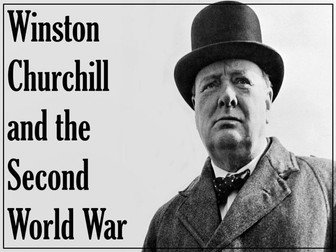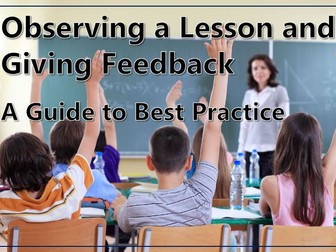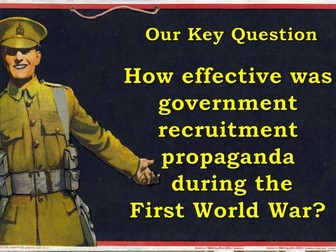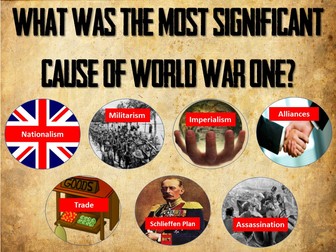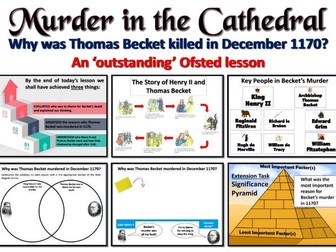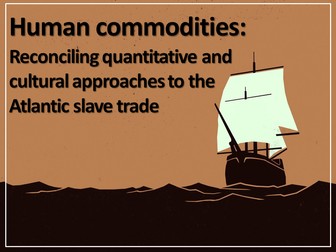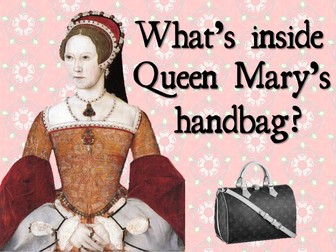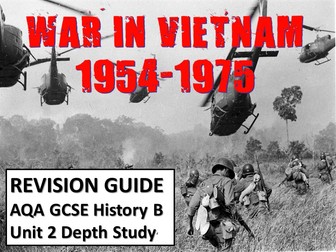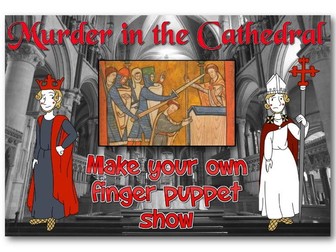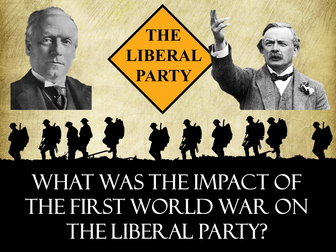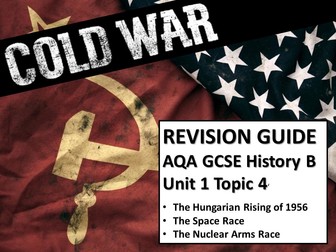
Winston Churchill and the Second World War (WW2)
This is an ‘outstanding’ lesson that was devised for a performance management observation. It is aimed at Key Stage 4 and 5 students examining Winston Churchill’s personal contribution to Britain’s survival in the Second World War. It was designed for use with students who possess some background knowledge of this topic although it could be used equally successfully as an introductory lesson with those new to this subject area. It consists of three main activities and an extension task for more able, gifted and talented students.
The lesson is structured around an independent source investigation that involves students studying authentic primary sources in order to develop their own evaluation of Churchill’s contribution as wartime leader.
A PowerPoint presentation, primary source pack and worksheet are included, along with a detailed, step-by-step guide on how to deliver the lesson effectively.
All of the lesson resources can be fully customised to meet your pupils’ learning needs.
